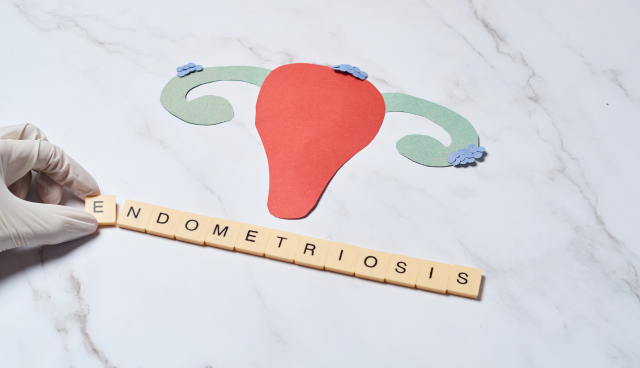
Endometriosis: Symptoms, Causes, and Diagnosis
Endometriosis is a painful disorder that affects an estimated 1 in 10 women during their reproductive years. Despite how common it is, endometriosis often goes undiagnosed or misdiagnosed for years due to the widespread lack of knowledge about the condition. Understanding the symptoms, causes, and diagnosis of endometriosis is key to getting proper treatment and managing this chronic condition.
What is Endometriosis?
Key Endometriosis Symptoms
The most common symptom of endometriosis is pelvic pain, especially around the time of menstruation. Specific endometriosis symptoms may include:
- Painful periods (dysmenorrhea) – Cramps, aching, or stabbing pain during menstruation that is more severe than typical period cramps.
- Chronic pelvic pain – Dull ache or pain in the pelvis and lower back that persists for months.
- Pain during or after sexual intercourse (dyspareunia).
- Painful bowel movements or urination during menstrual periods.
- Excessive bleeding during or between periods.
- Gastrointestinal problems like diarrhea, constipation, nausea, and abdominal bloating.
- Fatigue and low energy.
Unfortunately, these symptoms are often dismissed as just normal menstrual discomforts. But severe or debilitating period pain is not normal and may indicate endometriosis or other underlying problems.
What Causes Endometriosis?
Researchers still don’t know exactly what causes endometriosis, but several theories exist. Most experts believe it happens due to a combination of factors:
- Retrograde menstruation – During a period, some blood and tissue flows back through the fallopian tubes instead of leaving the body. Cells may attach and grow in the pelvic cavity.
- Hormonal influences – Estrogen promotes the growth of endometrial implants, while progesterone makes them shed. Imbalances may contribute to endometriosis.
- Immune system dysfunction – Impaired immune response fails to identify and remove displaced endometrial cells. Inflammation promotes tissue growth.
- Genetics – Endometriosis tends to run in families, implying certain inherited genes make women more susceptible. Gene mutations may play a role.
- Environmental toxins – Dioxins and other environmental pollutants may promote endometrial cell growth and contribute to hormone disruption.
While most women get endometriosis during their reproductive years, it has been found in girls as young as 11 and can persist into menopause. Endometriosis lesions and symptoms may subside with pregnancy but often return after giving birth.
How is Endometriosis Diagnosed?
- Medical history and physical exam – Discussing symptoms, medical history, and family history of endometriosis can help identify the disorder. A pelvic exam allows the doctor to feel for any signs of cysts, nodules, or tissue growth.
- Transvaginal ultrasound – This internal ultrasound uses a wand inserted in the vagina to examine the uterus and ovaries. It may detect endometriomas or ovarian cysts caused by endometriosis.
- Laparoscopy – Often considered the gold standard for definitively diagnosing endometriosis, this minor surgical procedure uses a thin, lighted camera scope inserted through a small abdominal incision to view endometrial implants in the pelvic region. Laparoscopy also allows for biopsy of lesions.

- MRI – If laparoscopy is not feasible, an MRI can be done to try to identify endometrial implants and cysts using detailed pelvic imaging.
- Blood tests – Doctors may check certain hormone levels like CA-125 tumor marker or order other lab tests to help rule out conditions with similar symptoms.
Gaining a proper endometriosis diagnosis requires being your own health advocate, tracking symptoms, and finding a doctor who takes your concerns seriously. Don’t suffer in silence – seek help to identify the cause of severe menstrual pain or other troubling symptoms. Accurate diagnosis leads the way to timely treatment and relief.
